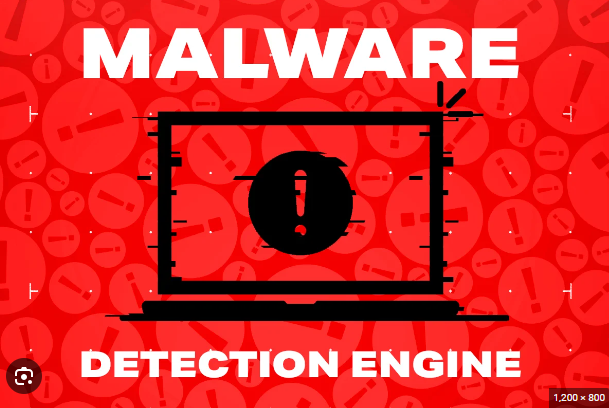If your computer is equipped with an AMD graphics card, you might have observed a background process titled AMDRSServ.exe. Curious about its purpose and safety? This article delves into decoding this process, addressing safety concerns and offering troubleshooting advice for prevalent AMDRSServ.exe issues.

What is AMDRSServ.exe?
AMDRSServ.exe, an executable within the AMD Radeon software suite, denotes the AMD Radeon Settings Service. It facilitates the management of Radeon ReLive, a feature enabling users to record and stream their gaming sessions. Typically situated in C:/Program Files/AMD/Cnext/Cnext, this process initiates upon AMD Radeon software installation, operating without significant CPU or memory usage.
Nonetheless, certain users encounter challenges with AMDRSServ.exe, including heightened CPU consumption, crashes, or system malfunctions, potentially attributable to outdated or corrupted drivers, malware, or registry irregularities.
Is AMDRSServ.exe Malware?
AMDRSServ.exe is an authentic element of AMD Radeon software, devoid of malicious intent. Nonetheless, certain malicious software might camouflage itself as AMDRSServ.exe to infiltrate your system. To ascertain its authenticity, right-click on the file, choose Properties, and navigate to the Digital Signatures tab to verify if it’s signed by Advanced Micro Devices, Inc.
Furthermore, it’s advisable to conduct a thorough scan of your system employing a trustworthy antivirus program to pinpoint and eliminate potential threats. If any files resembling AMDRSServ, such as AMDRSServ1.exe or AMDRSServ.vbs, are detected, promptly remove them from your system.
How To Fix AMDRSServ.exe Issues?
To optimize your system’s performance, you can take several steps:
- Adjust AMD startup services: Start by managing the AMD services that initiate during startup. Launch the Run dialog by pressing Windows + R, type in “msconfig,” and hit Enter to access System Configuration. Navigate to the Services tab and deselect services associated with AMD. Confirm the changes by clicking Apply and OK, then reboot your system.
- Verify application updates: Keep your AMD Radeon software up to date by checking for available updates. Right-click on your desktop and choose AMD Radeon Settings. Navigate to the Updates tab and click on the “Check for Updates” option. If updates are available, proceed with downloading and installing them as per the provided instructions.
- Roll back AMD drivers: If recent updates are suspected of causing issues, consider reverting to a previous version of the AMD driver. Open the Run window using Windows + R, type “devmgmt.msc,” and press OK to launch Device Manager. Expand the Display adapters section, right-click on the AMD driver, and select Properties. Move to the Driver tab and opt for the “Roll Back Driver” option. Follow the on-screen prompts to finalize the rollback.
- Reinstall AMD drivers: Should the previous methods fail to resolve the issue, attempt reinstalling the AMD driver. Navigate back to Device Manager, right-click on the AMD driver, and choose Uninstall device. Tick the box indicating “Delete the driver software for this device” and proceed with the uninstallation. Restart your computer, then visit the official AMD website to download and install the latest driver compatible with your graphics card.
How To Avoid Malware On Your Device
- Ensure that your software and operating systems are regularly updated to maintain optimal performance and security
- Exercise caution when installing software and applications
- Set up a program to block advertisements
- Select robust passwords for your accounts.
- It is essential to refrain from using pirated software
Also read:
Trustenely.com , Coinvaq.com
Mft-trade
Actionmarkets
Betail-capital
